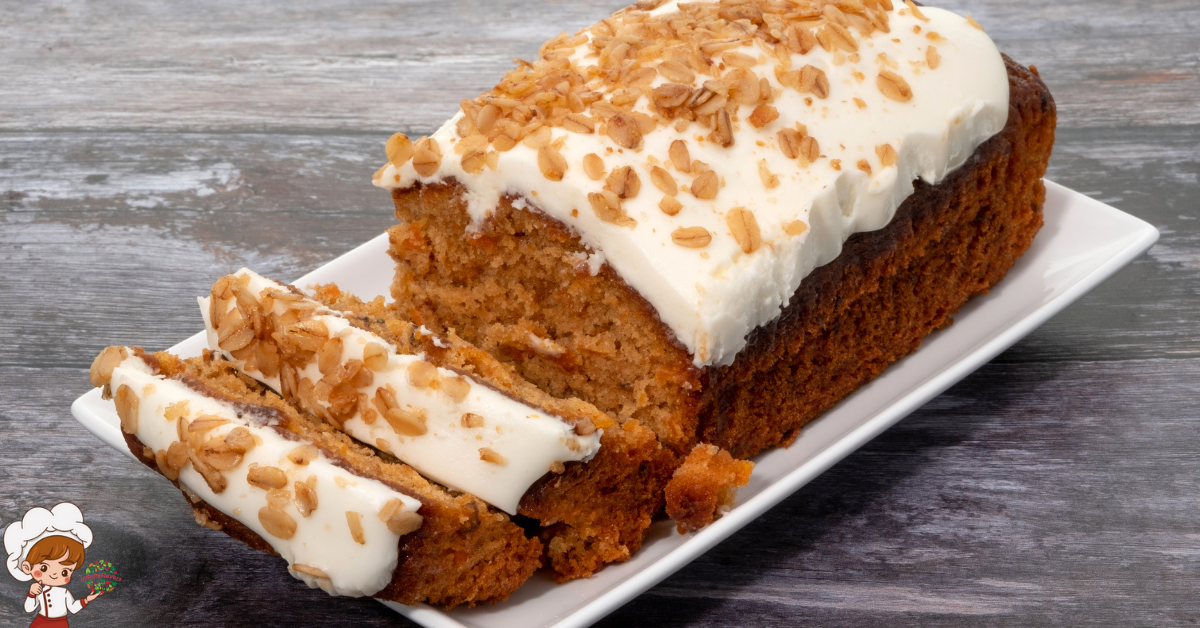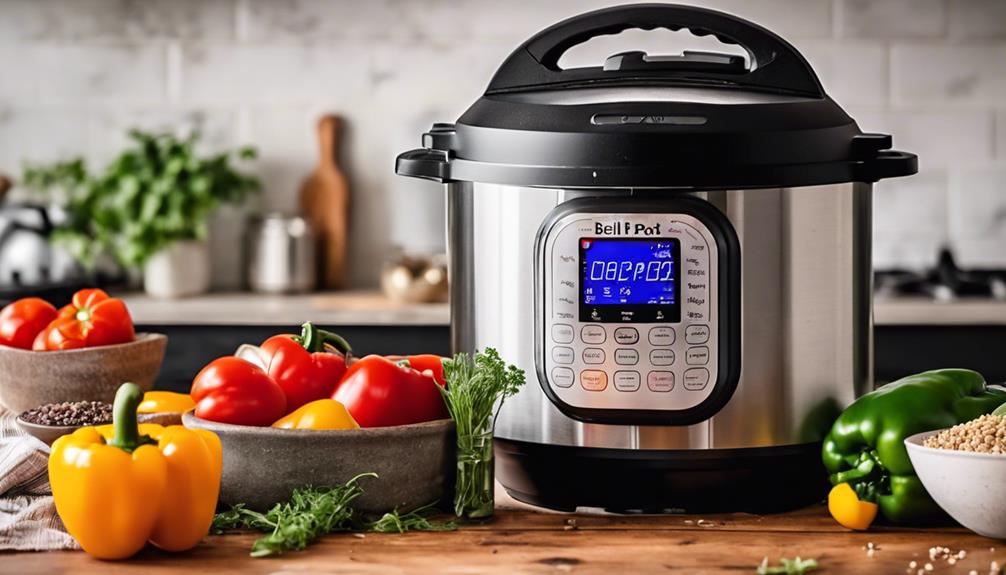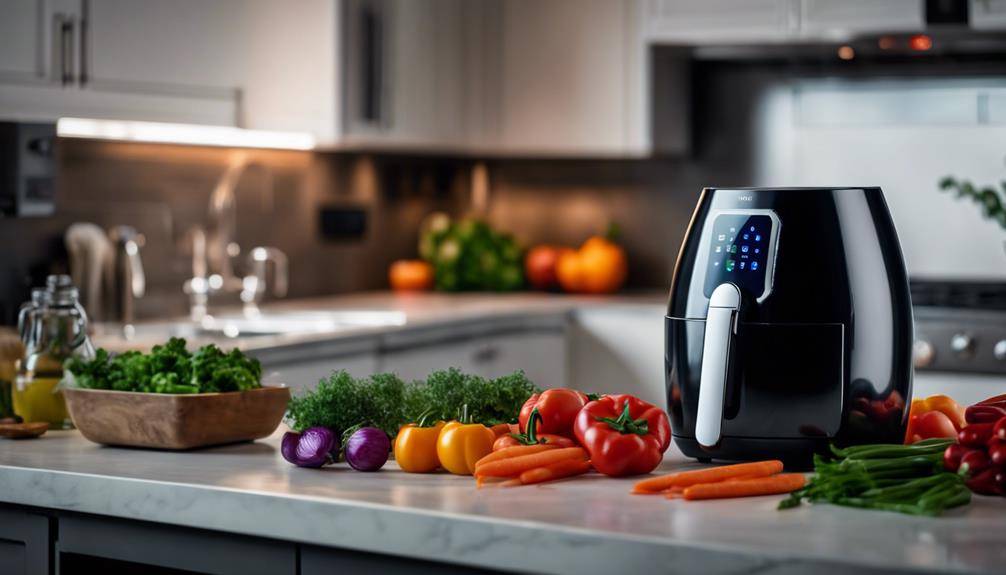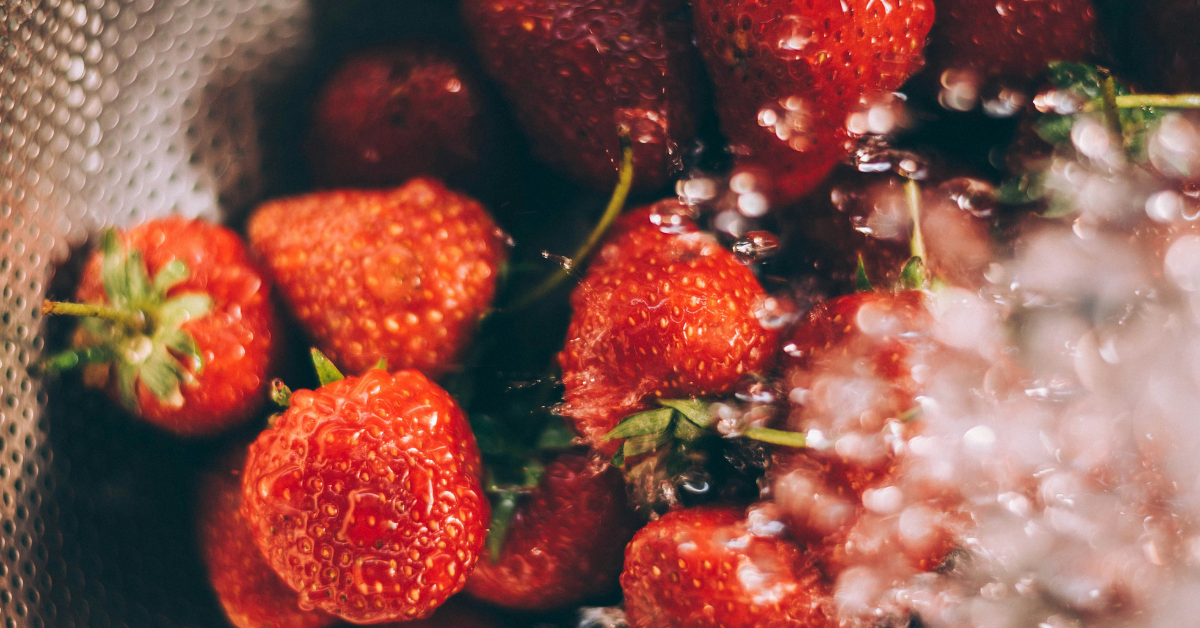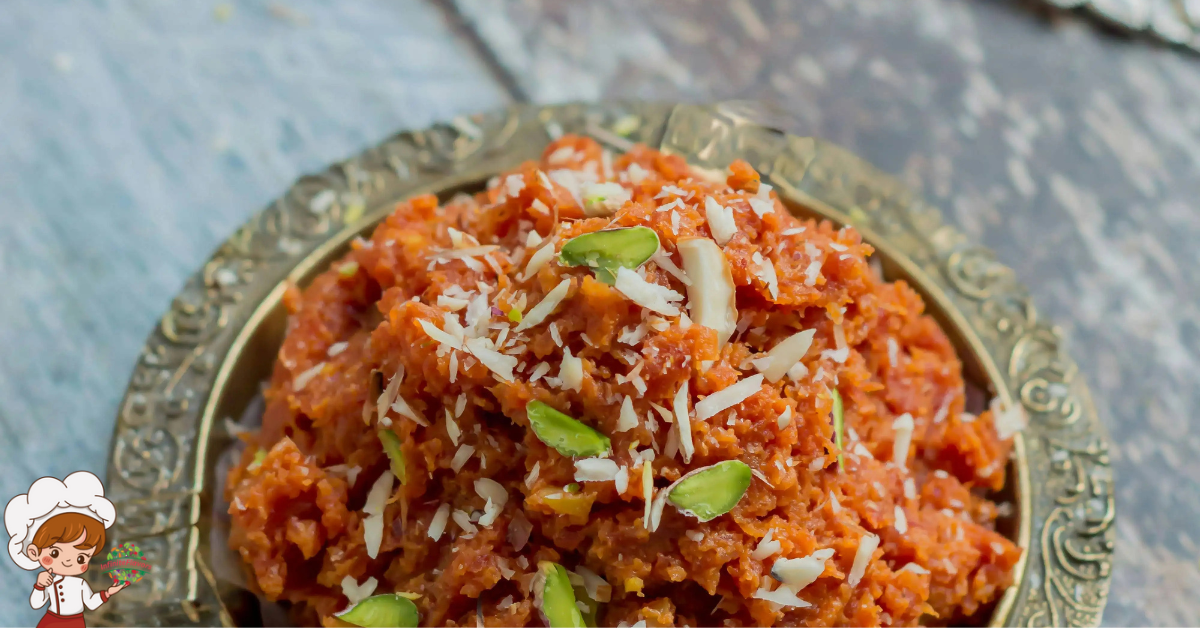Latest Trends in Molecular Gastronomy

Have you ever wondered what the Latest Trends in Molecular Gastronomy are? With the constant evolution of culinary techniques, it can be difficult to keep up with the newest innovations. From foams that add a delicate touch to dishes, to gels that transform textures, and spherification that creates edible liquid gems, molecular gastronomy continues to push the boundaries of traditional cooking. But what other cutting-edge techniques are chefs experimenting with? What impact does molecular gastronomy have on our health and nutrition? And how is it influencing food trends in popular culture? In this discussion, we will explore the latest trends in molecular gastronomy and uncover the fascinating world of culinary innovation.
Foams: A Delicate Culinary Innovation
Foams, a delicate culinary innovation, have revolutionized the world of molecular gastronomy with their creative, innovative, and scientific approach. These ethereal creations, with their light and airy texture, offer a multitude of advantages that have catapulted them to the forefront of modern cuisine. One of the key advantages of foams is their ability to enhance the presentation of a dish. The delicate bubbles and velvety texture add a visually stunning element, elevating the overall dining experience.
Creating foams requires a precise and meticulous technique. One commonly used method is the use of a whipping siphon, which infuses a mixture with gas, resulting in a foam-like consistency. This technique allows chefs to experiment with different flavors and textures, creating unique and unexpected combinations. Another technique involves the use of lecithin, a natural emulsifier, which stabilizes the foam and prevents it from collapsing. This technique is often used in combination with a blender or immersion blender to create a stable foam with a smooth and luxurious mouthfeel.
The scientific approach to creating foams extends beyond technique. Chefs also rely on the understanding of the physical properties of ingredients, such as their ability to hold air and stabilize the foam. This knowledge allows them to manipulate ingredients and create foams with varying densities and textures. Additionally, the use of modern technology, such as the application of ultrasonic energy or the incorporation of gelling agents, has further expanded the possibilities of foam creation.
Gels: Transforming Textures in Molecular Gastronomy
With their ability to transform textures and push the boundaries of culinary innovation, gels have emerged as another fascinating element in the realm of molecular gastronomy. Gels are not only used in traditional culinary techniques, but they also have alternative applications that have revolutionized the way we experience food. These unique gels have opened up a whole new world of possibilities for chefs and food enthusiasts alike.
One of the alternative applications of gels in molecular gastronomy is their use as a stabilizer and thickener. Gels can be used to create stable emulsions, allowing chefs to incorporate ingredients that would normally separate. This opens the door to creating unique and flavorful combinations that would otherwise be impossible to achieve.
Another alternative application of gels is their ability to create unique textures in food. By using gels in different concentrations, chefs can create a wide range of textures, from silky smooth to firm and bouncy. This allows for a truly remarkable dining experience, as the texture of the food can be tailored to enhance the overall flavor and presentation.
Gels also offer unique presentation techniques in molecular gastronomy. By using gels, chefs can create visually stunning dishes that captivate the senses. Gels can be used to encapsulate flavors, creating surprising bursts of taste with every bite. They can also be used to create intricate patterns or shapes that add an artistic element to the dish.
Spherification: Creating Edible Liquid Gems
Have you ever wondered how chefs create those mesmerizing liquid spheres that burst with flavor in your mouth? Well, the answer lies in the fascinating technique of spherification. By combining sodium alginate and calcium chloride, culinary alchemists are able to transform liquids into edible liquid gems, encapsulating a world of flavors within a delicate membrane. From fruity caviar to savory bursts of soup, the applications of spherification are as limitless as your imagination in the realm of molecular gastronomy.
Spherification Techniques Explained
To create edible liquid gems through the process of spherification, you must master the art of molecular gastronomy. Spherification is a technique that involves transforming a liquid into small, spherical spheres that burst with flavor when bitten into. Sodium alginate, a natural thickening agent derived from seaweed, is a key ingredient used in this process. It forms a gel-like coating around the liquid, creating a thin membrane that holds the shape of the sphere.
The reverse spherification technique is one of the popular methods used in spherification. In this technique, the liquid to be spherified is mixed with a calcium salt solution. When the liquid comes into contact with the calcium ions, a reaction occurs, resulting in the formation of a gel-like membrane around the liquid. This technique allows for the creation of delicate, gel-like spheres with a burst of flavor.
Culinary Applications of Spherification
Now that you have mastered the art of spherification and created those flavorful, gel-like spheres, let’s explore the exciting culinary applications of these edible liquid gems.
- Culinary Presentations: Spherification adds a touch of elegance and creativity to dishes, making them visually stunning. Imagine a burst of flavor encapsulated in a small sphere, delicately placed on top of a dish, ready to explode with taste as it melts in your mouth.
- Texture Manipulation: Spherification allows chefs to play with textures, creating a contrast between the outer layer of the sphere and the liquid center. This contrast adds an element of surprise and excitement to each bite, enhancing the overall dining experience.
- Flavor Infusion: Spherification opens up endless possibilities for infusing flavors into liquids. From fruit juices and cocktails to savory broths and sauces, you can transform ordinary liquids into extraordinary bursts of flavor, creating new and unique taste combinations.
- Interactive Dining: Spherification adds an interactive element to dining experiences. Guests can enjoy the anticipation of bursting the sphere and releasing the flavors inside, making each bite a delightful adventure.
Explore the world of spherification and elevate your culinary creations with these innovative techniques.
Sous Vide: Precision Cooking at Its Finest
Sous Vide, the epitome of precision cooking, allows you to unlock a world of unparalleled culinary possibilities. This innovative technique involves cooking food in a temperature-controlled water bath, ensuring precise and consistent results every time. The key to sous vide lies in the precision cooking techniques and specialized sous vide equipment.
To achieve the perfect sous vide dish, you will need a few essential tools. First and foremost, a sous vide immersion circulator, which is a device that clips onto a water-filled container and controls the temperature with great accuracy. This device ensures that the water maintains a constant temperature, allowing your food to cook evenly and precisely.
Another important piece of equipment is a vacuum sealer. This tool removes the air from the bag, creating a vacuum seal that locks in the flavors and juices of the food. By sealing the ingredients in a vacuum bag, you can enhance the flavors and retain the natural juices, resulting in a tender and succulent dish.
The beauty of sous vide lies in its ability to cook food to the exact level of doneness you desire. Whether you want a perfectly medium-rare steak or an impeccably cooked piece of fish, sous vide allows you to achieve consistent results with ease. By cooking food at a precise temperature for an extended period, you can achieve a level of tenderness and texture that is simply unmatched by other cooking methods.
Moreover, sous vide opens up a world of creativity in the kitchen. You can infuse flavors into your ingredients by adding herbs, spices, and aromatics to the vacuum-sealed bags. This technique allows the flavors to penetrate the food, resulting in a more nuanced and complex taste profile.
Nitrogen: The Chilling Effect on Culinary Creations
With the precision and creativity of sous vide mastered, it’s time to explore a chillingly innovative technique that takes culinary creations to new heights: nitrogen. This element, when used in its liquid form, has the power to transform the way we perceive food textures and flavors. Here are four remarkable ways nitrogen is revolutionizing the culinary world:
- Impact of temperature on food texture: Nitrogen’s extreme cold temperature of -196 degrees Celsius (-321 degrees Fahrenheit) allows chefs to rapidly freeze ingredients. This quick freezing process creates smaller ice crystals, resulting in a smoother texture and a creamier mouthfeel. For example, ice cream made with liquid nitrogen has an unbelievably velvety consistency that cannot be achieved through traditional methods.
- Innovative uses of liquid nitrogen in cooking: Chefs are utilizing liquid nitrogen in creative ways to elevate their dishes. From flash-freezing fruits and herbs to create unique garnishes, to making ethereal foams and meringues, the possibilities are endless. The rapid evaporation of liquid nitrogen produces a striking visual effect, adding an element of spectacle to the culinary experience.
- Enhancing flavors with nitrogen-infused ingredients: Nitrogen can be infused into liquids, such as oils or spirits, to intensify their flavors. By using a technique called “nitro-muddling,” herbs and fruits can be infused with nitrogen gas, resulting in bursts of concentrated flavors. This method allows for more efficient extraction of aromatic compounds, enhancing the overall taste profile of a dish or cocktail.
- Creating unique textures with frozen nitrogen spheres: By dropping liquid into nitrogen, chefs can create unique frozen spheres that have a delicate, crisp exterior and a creamy interior. These nitrogen spheres burst with flavor when consumed, providing a surprising and delightful sensation. This technique is often used to add a playful element to dishes, such as cocktails or desserts.
Deconstruction: Disassembling Traditional Dishes
By deconstructing traditional dishes, you can uncover a world of culinary possibilities that challenge the norms and redefine the way we experience food. In the realm of molecular gastronomy, disassembling techniques have become a popular method for exploring new dimensions in taste, texture, and presentation. This innovative approach involves breaking down familiar dishes into their constituent parts and reimagining them in unexpected and exciting ways.
One of the key aspects of deconstruction is the use of innovative plating approaches. Instead of presenting a dish as a whole, chefs now arrange its components in unique and visually stunning arrangements. For example, a deconstructed apple pie might feature a scoop of caramelized apple puree alongside a dollop of cinnamon-infused whipped cream, all topped with a delicate lattice of caramelized sugar. This not only enhances the aesthetic appeal of the dish but also allows diners to experience each element separately, appreciating their individual flavors and textures.
Disassembling traditional dishes also opens up opportunities for experimentation with ingredients and techniques. Chefs can deconstruct classics like beef bourguignon by separating the braised meat from the rich red wine sauce and presenting them in separate dishes. This allows diners to savor the flavors of each component individually, while also providing a canvas for creative reinterpretation. The meat could be transformed into a crispy beef chip, while the sauce could be turned into a savory foam or gel.
Molecular Mixology: Cocktails Reinvented
Get ready to embark on a journey through the innovative world of molecular mixology, where cocktails are reinvented into mesmerizing creations. Discover the cutting-edge techniques that mixologists use to transform flavors, from foams and gels to liquid nitrogen and sous vide infusions. With the help of specialized tools and scientific precision, mixologists push the boundaries of traditional cocktail-making, creating unique and unforgettable taste experiences.
Innovative Cocktail Techniques
In the realm of molecular mixology, cocktails are revolutionized through innovative techniques that fuse science and artistry, resulting in a captivating sensory experience. Discover the latest trends in innovative cocktail techniques that will take your mixology skills to new heights:
- Creative Mixology Techniques: Mixologists are pushing the boundaries of traditional cocktail-making by incorporating unconventional methods such as sous vide infusion, liquid nitrogen chilling, and carbonation. These techniques enhance the flavors and textures of the drinks, creating a truly unique drinking experience.
- Molecular Garnishes: Gone are the days of simple lemon twists and cocktail cherries. Mixologists are now using molecular gastronomy techniques to create stunning edible garnishes. From gelatin spheres filled with flavored cocktails to frozen fruit caviar, these garnishes add a touch of whimsy and surprise to your drink.
- Smoking Cocktails: Smoking cocktails have become a popular trend, adding an element of theater to the drinking experience. By infusing the drinks with smoke from woods like hickory or apple, mixologists create rich, smoky flavors that complement the ingredients in the cocktail.
- Deconstructed Cocktails: Mixologists are deconstructing classic cocktails and presenting them in innovative ways. From serving the ingredients in separate containers for guests to mix themselves, to transforming a cocktail into a foam or powder, these deconstructed cocktails challenge traditional notions of how a drink should be enjoyed.
With these innovative cocktail techniques, mixology becomes a true art form, delighting both the palate and the senses.
Molecular Mixology Tools
Elevate your mixology skills to new heights with the use of cutting-edge molecular mixology tools, where science and artistry collide to reinvent the world of cocktails. These tools are the key to unlocking a world of endless possibilities in the realm of mixology. With the advent of molecular mixology techniques, bartenders and mixologists now have the ability to experiment with textures, flavors, and presentation like never before.
One of the essential tools in molecular mixology is the centrifuge, which allows for the separation of liquids and solids, resulting in clarified cocktails with a smooth and pure taste. Another indispensable tool is the rotary evaporator, which enables the extraction of essences and aromas from various ingredients. This process allows for the creation of unique and complex flavor profiles in modern cocktail creations.
Furthermore, the use of liquid nitrogen is another fascinating tool that has gained popularity in molecular mixology. By rapidly freezing ingredients, bartenders can create innovative and visually stunning cocktails that have a surprising texture and temperature.
Flavor Transformation in Cocktails
Transform the flavors of your cocktails into a mesmerizing symphony of taste with the revolutionary techniques of molecular mixology. With the latest flavor infusion techniques and molecular mixology advancements, you can take your cocktail game to a whole new level. Here are four ways to transform the flavors of your cocktails:
- Spherification: Create liquid-filled spheres that burst in your mouth, releasing intense flavors and aromas. Imagine a gin and tonic encapsulated in a delicate sphere, exploding with the crispness of the gin and the effervescence of the tonic.
- Smoke Infusion: Infuse your cocktails with smoky flavors using a smoke gun or a smoke chamber. Imagine a smoky old-fashioned with hints of oak and char, adding depth and complexity to your drink.
- Foam Creation: Create light and airy foams that add a velvety texture and enhanced flavors to your cocktails. Imagine a lavender-infused foam atop a gin fizz, adding a floral aroma and a delicate touch to the drink.
- Flavor Vaporization: Vaporize your favorite spirits using a vaporizer, infusing your cocktails with unique and unexpected flavors. Imagine a vodka martini infused with the essence of truffles, creating an earthy and decadent twist.
These techniques allow you to push the boundaries of mixology, creating cocktails that not only taste incredible but also provide a multisensory experience. So, go ahead and embark on a journey of flavor transformation with molecular mixology.
Emulsions: The Science Behind Stable Sauces
Get ready to unravel the science behind stable sauces with the captivating world of emulsions. Emulsions are a fascinating aspect of molecular gastronomy, where two immiscible substances, such as oil and water, are combined to create a stable and homogeneous mixture. The key to achieving this stability lies in the use of stabilizing agents and various emulsion techniques.
Stabilizing agents play a crucial role in emulsions by preventing the separation of the two substances. Common stabilizers include egg yolks, mustard, soy lecithin, and xanthan gum. These ingredients contain molecules that have both hydrophilic (water-loving) and hydrophobic (oil-loving) properties. By incorporating these agents into the emulsion, they form a protective layer around the oil droplets, preventing them from coalescing and separating from the water. This results in a stable sauce or dressing that maintains its consistency over time.
Emulsion techniques also play a vital role in achieving stable sauces. One popular technique is called the “droplet dispersion method,” where small droplets of oil are slowly added to a continuous phase, typically water, while constantly mixing. This allows for the formation of a fine dispersion of oil droplets throughout the water, creating a stable emulsion.
Another technique is the “blender method,” where all the ingredients, including the stabilizers, are blended together until a smooth and stable emulsion is formed. This method is particularly effective for creating creamy dressings and mayonnaise.
Understanding the science behind emulsions is not only fascinating but also opens up a world of culinary possibilities. By experimenting with different stabilizing agents and emulsion techniques, chefs can create innovative and unique sauces that enhance the texture and flavor of their dishes. So, get ready to dive into the captivating world of emulsions and elevate your culinary creations to new heights.
Powders: Flavors in Fine Particles
Discover the enchanting realm of powdered flavors, where culinary creativity takes form in delicate particles. In the world of molecular gastronomy, powders offer a unique way to elevate dishes and surprise the palate. By transforming ordinary ingredients into fine powders, chefs can create intense flavors that enhance the overall dining experience. Here are four ways powdered spices and molecular cuisine techniques are revolutionizing the culinary world:
- Flavor Concentration: Powders allow chefs to intensify the flavor of spices, herbs, and other ingredients. By dehydrating and grinding them into a fine powder, the taste becomes more concentrated, bringing a burst of flavor to each bite. From smoky paprika to aromatic cinnamon, the possibilities are endless.
- Textural Innovation: Powders also provide chefs with the opportunity to experiment with texture. By combining different ingredients and processing techniques, they can create powders that melt in the mouth, add a crunchy element, or even create a foam-like texture. These innovative textures add an element of surprise and delight to dishes.
- Visual Appeal: In addition to enhancing flavor and texture, powders also contribute to the visual appeal of a dish. Vibrant colors, such as turmeric yellow or beetroot red, can be achieved by pulverizing colorful ingredients into powders. Chefs can use these powders to create visually stunning presentations that captivate diners.
- Controlled Portioning: Powders offer chefs the ability to control the amount of flavor they add to a dish. By sprinkling a pinch of powdered spice or herb, they can precisely enhance the taste without overpowering the other ingredients. This precision allows for a more balanced and harmonious flavor profile.
Molecular Gastronomy and Health: Exploring Nutritional Benefits
Discover how molecular gastronomy is revolutionizing the culinary world by exploring its potential health benefits. By utilizing nutrient preservation techniques, this innovative approach to cooking allows for maximum retention of essential vitamins and minerals in ingredients. Moreover, molecular gastronomy offers health-conscious flavor enhancements, creating dishes that are not only visually stunning but also packed with nutritional value.
Nutrient Preservation Techniques
By utilizing innovative techniques in molecular gastronomy, chefs can now enhance the nutritional value of dishes while preserving essential nutrients. Here are four nutrient preservation techniques that are currently trending in the field:
- Fermentation techniques: Fermentation not only adds unique flavors to dishes but also increases the bioavailability of nutrients. This process breaks down complex molecules into simpler forms, making them easier to digest and absorb.
- Vacuum sealing: By removing oxygen from food packages, vacuum sealing helps extend the shelf life of ingredients while preserving their nutritional content. This technique prevents oxidation and degradation, ensuring that the nutrients remain intact for longer periods.
- Sous vide cooking: This method involves cooking food in a vacuum-sealed bag at a precise temperature for an extended period. By cooking food at lower temperatures, the nutrients are preserved, resulting in a healthier and more flavorful dish.
- Low-temperature dehydration: This technique involves removing moisture from ingredients at low temperatures, preserving their nutritional value and natural flavors. Low-temperature dehydration helps retain vitamins, minerals, and enzymes, making it an ideal method for preserving nutrient-rich ingredients.
With these nutrient preservation techniques, chefs can create dishes that not only taste delicious but also provide maximum nutritional benefits.
Health-Conscious Flavor Enhancements
As we continue our exploration of molecular gastronomy and its impact on nutrition, let’s now turn our attention to the exciting realm of health-conscious flavor enhancements. In today’s health-conscious world, there is a growing demand for flavorful substitutions and healthy cooking techniques. Molecular gastronomy offers innovative ways to achieve this. By using natural ingredients and techniques, chefs are able to create dishes that are not only delicious but also beneficial for our well-being.
One example of a flavorful substitution is the use of herbs and spices to enhance the taste of dishes without relying on unhealthy additives. These natural flavors not only add depth and complexity to our meals but also provide various health benefits. For instance, turmeric, known for its vibrant yellow color and earthy taste, contains curcumin, a compound with anti-inflammatory properties.
Healthy cooking techniques, such as sous vide and low-temperature cooking, are also gaining popularity. These methods allow for precise control over cooking temperatures, resulting in tender and flavorful dishes that retain more nutrients. Furthermore, techniques like fermentation and dehydration can transform ingredients, unlocking unique flavors while preserving their nutritional value.
Culinary Innovations: Beyond the Plate
Embrace the tantalizing world of culinary possibilities that extend far beyond the boundaries of the plate. Culinary innovations are transforming the way we experience food, bringing together cutting-edge culinary technology and futuristic food concepts. Prepare to be amazed as we dive into the exciting realm of culinary innovations that will leave you hungry for more.
- 3D Food Printing: Imagine a world where you can design and print your own edible creations. With the advancement of 3D food printing, this futuristic dream is becoming a reality. Using a combination of edible materials and precise layering techniques, chefs can now bring their wildest culinary visions to life. From intricate sugar sculptures to personalized pasta shapes, the possibilities are endless.
- Virtual Reality Dining: Step into a whole new dimension of dining with virtual reality technology. Through the use of immersive visuals and sounds, virtual reality dining transports you to different locations and settings, enhancing your overall dining experience. Imagine savoring a gourmet meal while virtually exploring a rainforest, or enjoying a seafood feast while feeling the ocean breeze. It’s a sensory journey that takes your taste buds on an unforgettable adventure.
- Smart Kitchen Appliances: Say goodbye to traditional cooking methods and hello to smart kitchen appliances. These innovative devices are equipped with advanced technologies that make cooking more efficient and precise. From smart ovens that can recognize and cook your favorite dishes to intelligent sous vide machines that maintain precise temperatures, these appliances are revolutionizing the way we cook and create in the kitchen.
- Edible Packaging: In a world where sustainability is paramount, edible packaging offers a delicious solution. Imagine biting into a cookie and finding a surprise filling wrapped in an edible film. Not only does edible packaging reduce waste, but it also adds an extra layer of flavor and excitement to your culinary experience. From edible wrappers for burgers to biodegradable utensils, these innovations are paving the way for a more sustainable and delectable future.
Get ready to embark on a culinary journey like no other as these innovations redefine the way we perceive and interact with food. The future of gastronomy is here, and it’s waiting to be savored.
Culinary Chemistry: The Art of Flavor Pairing
Embark on a flavor-filled scientific journey as you explore the fascinating world of Culinary Chemistry and the art of flavor pairing. In the realm of culinary science, flavor pairings play a crucial role in creating innovative and memorable dishes. The concept of flavor pairing involves combining ingredients that complement and enhance each other, resulting in a harmonious explosion of taste on the palate.
Culinary chemistry takes a scientific approach to understanding the complexities of flavor. By studying the chemical compounds present in different ingredients, chefs can identify potential flavor combinations that work well together. This knowledge allows them to create unique and unexpected dishes that push the boundaries of traditional cuisine.
Flavor pairings are not limited to the conventional combinations we are familiar with. Culinary scientists are constantly exploring new and unconventional pairings to create exciting taste experiences. For example, the combination of chocolate and blue cheese may sound unusual, but the contrasting flavors and textures can create a surprisingly delightful harmony.
In addition to taste, aroma also plays a significant role in flavor pairings. Certain ingredients share similar aromatic compounds, which can enhance the overall flavor profile of a dish. For example, the pairing of strawberries and basil creates a delightful blend of fruity and herbal notes that complement each other perfectly.
The art of flavor pairing is an ever-evolving field, driven by experimentation and a deep understanding of the chemical makeup of ingredients. With the help of culinary chemistry, chefs can continue to push the boundaries of flavor and create unforgettable dining experiences. So, embark on this scientific journey, and let your taste buds be tantalized by the endless possibilities of flavor pairings.
Molecular Gastronomy in Pop Culture: Influencing Food Trends
Molecular gastronomy has emerged as a powerful force in shaping contemporary food trends, revolutionizing the way we perceive and experience cuisine. With its scientific approach and innovative techniques, molecular gastronomy has made a significant impact on menus and has become a cultural phenomenon. Here are four ways in which molecular gastronomy has influenced food trends in pop culture:
- Creative and Playful Dishes: Molecular gastronomy has brought a sense of fun and experimentation to the culinary world. Chefs are using techniques like spherification, foams, and liquid nitrogen to create visually stunning and whimsical dishes. These creations not only delight the taste buds but also provide a unique dining experience that is highly Instagrammable.
- Fusion of Flavors: By combining molecular gastronomy techniques with traditional cooking methods, chefs are able to create unexpected flavor combinations. This fusion of flavors allows for the exploration of new taste profiles and the creation of dishes that push the boundaries of traditional cuisine. From savory ice creams to deconstructed classics, molecular gastronomy has expanded the culinary landscape.
- Cultural Exchange: Molecular gastronomy has opened doors for cultural exchange in the culinary world. Chefs from different backgrounds are incorporating molecular gastronomy techniques into their traditional recipes, creating a fusion of cultures on the plate. This cross-cultural exchange not only introduces new flavors to diners but also promotes understanding and appreciation of different culinary traditions.
- Innovation in Food Science: Molecular gastronomy has sparked a new wave of innovation in food science. Chefs and scientists are collaborating to understand the chemical properties of ingredients and how they interact with each other. This scientific approach has led to the discovery of new techniques and ingredients, pushing the boundaries of what is possible in the kitchen.
Frequently Asked Questions: Latest Trends in Molecular Gastronomy
How Has Molecular Gastronomy Influenced Food Trends in Pop Culture?
Molecular gastronomy has greatly influenced food trends in pop culture. Its innovative techniques and scientific approach have had a significant impact on the culinary industry and have been widely shared and celebrated on social media.
What Are the Nutritional Benefits of Molecular Gastronomy?
You can find nutritional benefits and health advantages in molecular gastronomy. Through innovative techniques, this scientific approach to cooking can enhance the nutritional value of ingredients and create healthier, more balanced dishes.
How Does Molecular Gastronomy Affect the Art of Flavor Pairing?
Molecular gastronomy revolutionizes the art of flavor pairing by employing artistic techniques and creating a unique sensory experience. It pushes boundaries, combining science and creativity to create innovative and delicious dishes.
Can You Explain the Process of Spherification and How It Creates Edible Liquid Gems?
To create edible liquid gems through spherification, you will first need to combine a liquid with sodium alginate. Then, drop the mixture into a calcium chloride bath. This process forms a gel-like membrane around the liquid, resulting in beautiful and delicious edible spheres.
What Are Some Examples of Culinary Innovations That Go Beyond the Plate in Molecular Gastronomy?
In culinary innovations, molecular gastronomy applications are pushing boundaries beyond the plate. From edible cocktails to aroma-filled bubbles, these avant-garde techniques are revolutionizing the way we experience food.
Conclusion
In conclusion, molecular gastronomy continues to push the boundaries of culinary innovation with its delicate foams, transforming gels, and edible liquid gems created through spherification. Precision cooking through sous vide and the chilling effects of nitrogen provide new dimensions to culinary creations. Furthermore, the exploration of nutritional benefits and the art of flavor pairing in molecular gastronomy highlight its potential for health and taste. As the influence of molecular gastronomy extends into pop culture, we can expect to see even more exciting food trends emerge.



